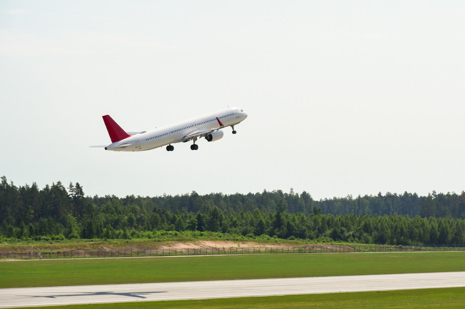
The Airport’s environment expert tested IATA Training’s Design a Sustainability Strategy course and acquired key input to move forward with their plans.

Liege Airport is the sixth biggest cargo airport in Europe, with more than one million tonnes transiting through the hub annually. Frédéric is responsible for implementing policies and strategies relating to the environment, and overseeing compliance and certification processes.
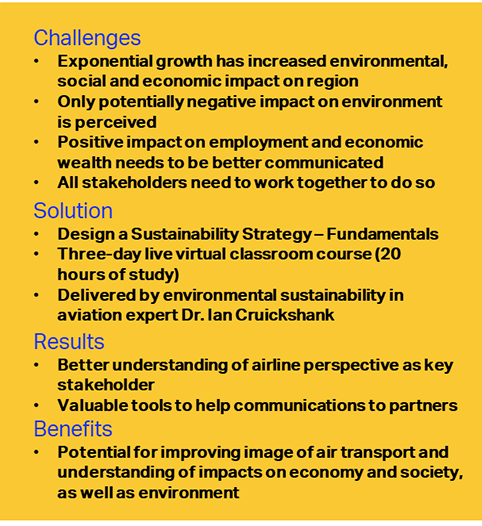
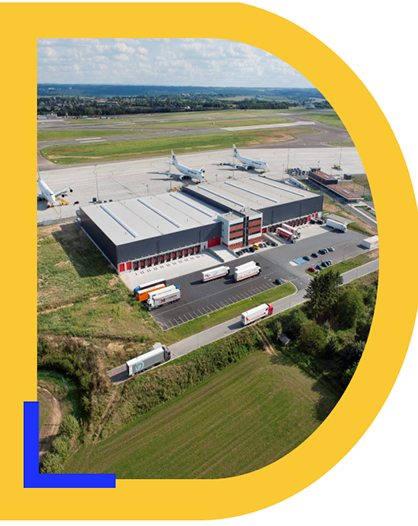
Liege Airport has grown exponentially in the last ten years. Since I joined in 2016, our cargo activity has increased from 600,000 tonnes a year to more than one million. Obviously, such rapid change has a noticeable impact on our environment, and our major challenge is the acceptability of our operations in our communities. Not only do we need to ensure that we keep potential negative effects, such as noise and CO2 emissions, to a minimum, we also need to ensure people understand the positive aspects of what we do. Directly, the activity of the airport provides many jobs, in an economically depressed area. Indirectly, it enables manufacturing industries and the national economy to thrive.
Better communication is therefore essential. But to achieve the impact we’re aiming for, we need to make sure we work with our partners in this endeavor. Airlines are, of course, one of the major stakeholders as they have the biggest visible impact on the environment. Also, we deal with many administrative institutions here in Belgium, on the local, regional and federal levels, and we need to ensure we are all on the same page and moving in the same direction.
The invitation from IATA to participate in the pilot test of the new Design a Sustainability Strategy – Fundamentals course came at just the right time. This was the first time I’d ever done training with the association, and I found it a good mix of theoretical knowledge and practical exercises. I don’t know what the trainer’s experience is, but he clearly knew what he was talking about, and had a very good level of knowledge. I liked being able to connect from home to IATA’s virtual classroom platform.
It was easy and, of course, it’s an environmentally positive and cost-effective solution. It allowed for good interaction with the trainer, but I missed not being able to discuss with my fellow trainees during coffee breaks because it’s extremely valuable to be able to learn from each other’s experiences*.
*Following feedback from the pilot test, greater opportunities to interact with classmates have been added: Participants will be able to share their concerns and experiences of implementing sustainability strategies in smaller groups via breakout rooms. Some modules will also include group assignments, to be completed either during class or offline.




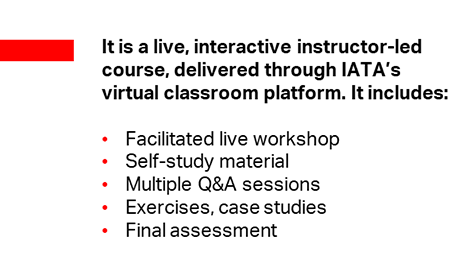
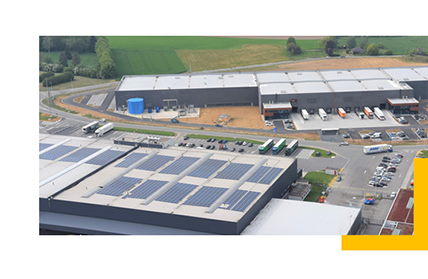
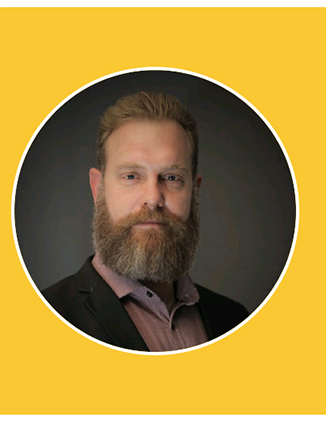
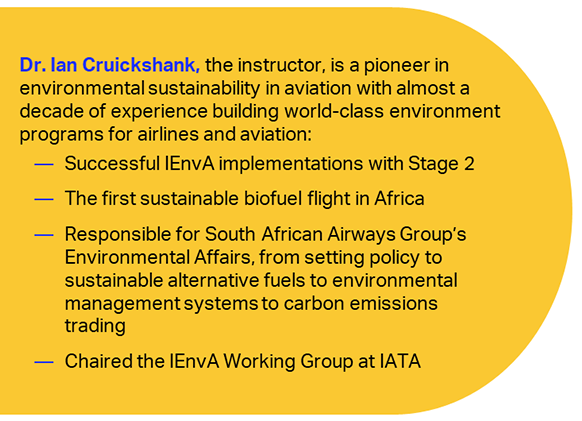
The course allowed me to review the basics of environmental management and take a step back to see what has evolved in the ten years since I have been in the sector. Most importantly, it enabled me to acquire the perspective of the airlines, which is quite different from airports. I now understand their biggest interests and issues concerning environmental management. This will help me communicate better with our airline partners at Liege Airport.
The IATA course in fact covered communications, and I also got some ideas that we will be able to use when working with the various officials, institutions and authorities, at every level of the country’s administration, to help get them on board.We’ve already worked on the direct impact of the airport on the environment, and made important commitments concerning pollutants and noise levels. Now, we need to work on the impact of the whole industry, and have started working more closely with our partners. Thanks to the course, I now have some valuable insights and tools that will help us make progress more easily.
Download the outline to explore the course, its objectives and key topics.